Creating a template
Learn how to build a template using custom fields, and learn more about the various template settings that are available.
Templates enable teachers to define blueprints for entries that students post in their journal. A template may contain a variety of content options, including , images and video.
You can create new templates in the assignment editor by clicking Create New Template in the Templates tab.
This will open up the template editor. This editor consists of a header, a body, and a footer:
- In the header you will find the template name, and a button menu containing the settings panel, and a delete button to delete the template;
- The body contains all the fields of the template. This is similar to how students see the template when creating an entry.
- At the bottom you will find the save button and a set of fields that can be added to the template.
Example: Group Formation Template
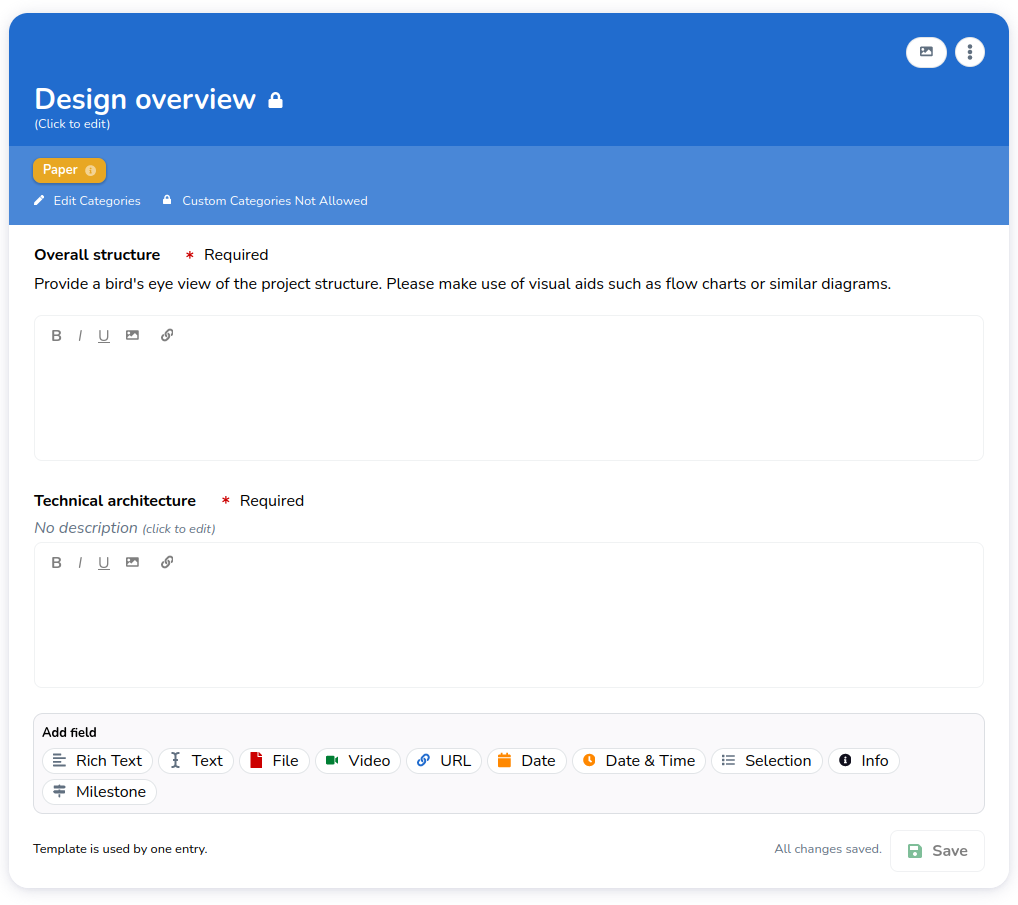
Fields
You can add a field to a template at the bottom of the template editor. Here you will find a list of all the fields you can add.

Each field defines what type of content is desired, and can be accompanied by a title and/or description. A field can be made either required or optional: indicating if it is required to provide content for that field, or whether it is optional.

Quickly reorder the fields of a template
It is possible to use the drag and drop arrows to reorder fields of a template.
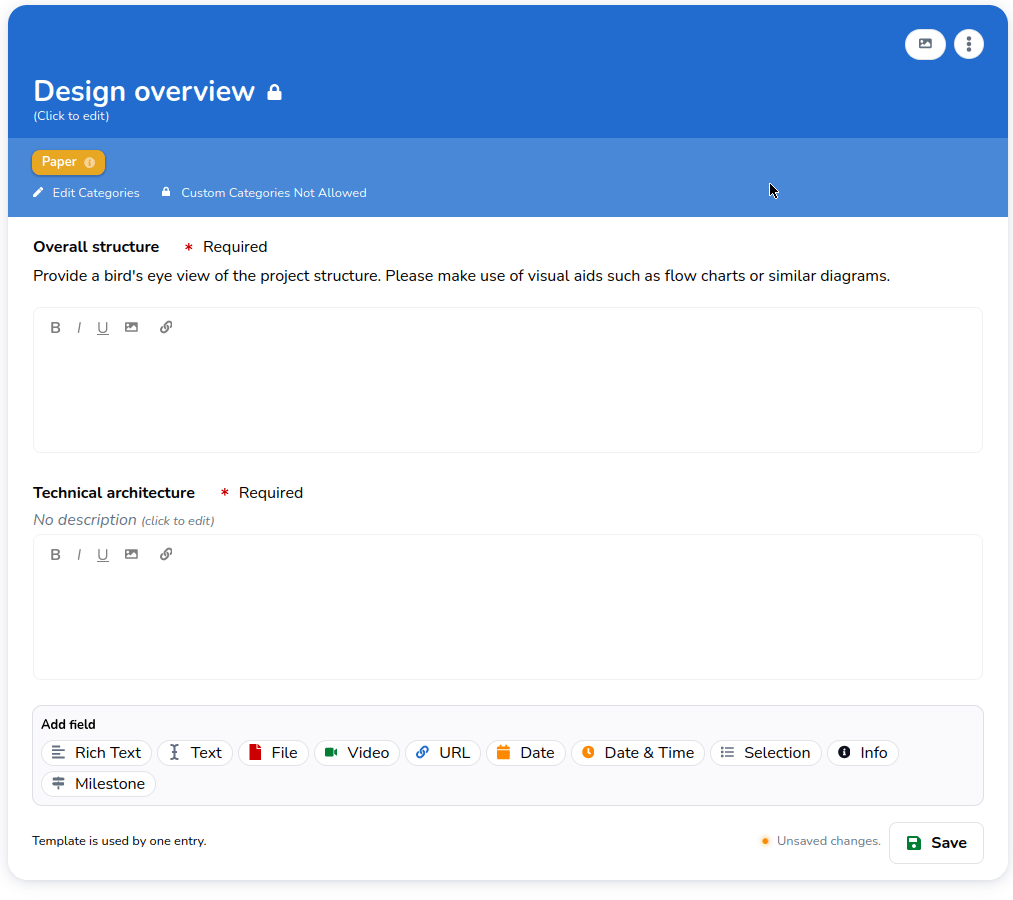
The following fields are supported:
Text
Text fields are ideal for one or two lines of text without the need for additional styling.
Example: Text Field


Rich Text
Rich text fields are ideal when you want to allow for a high degree of freedom. A rich text field supports all kinds of formatting options, including videos, images and much more.
Example: Rich Text Field

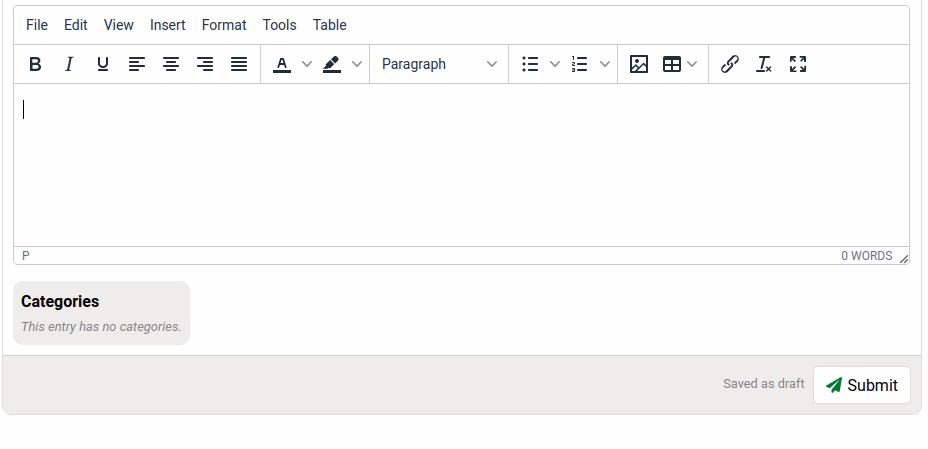
Provide default content
It is possible to provide default content to a rich text field. This content will form the starting point of that particular entry field for your students.
In the following example the teacher provides a class observation table which should be used to further structure the answers of the students.
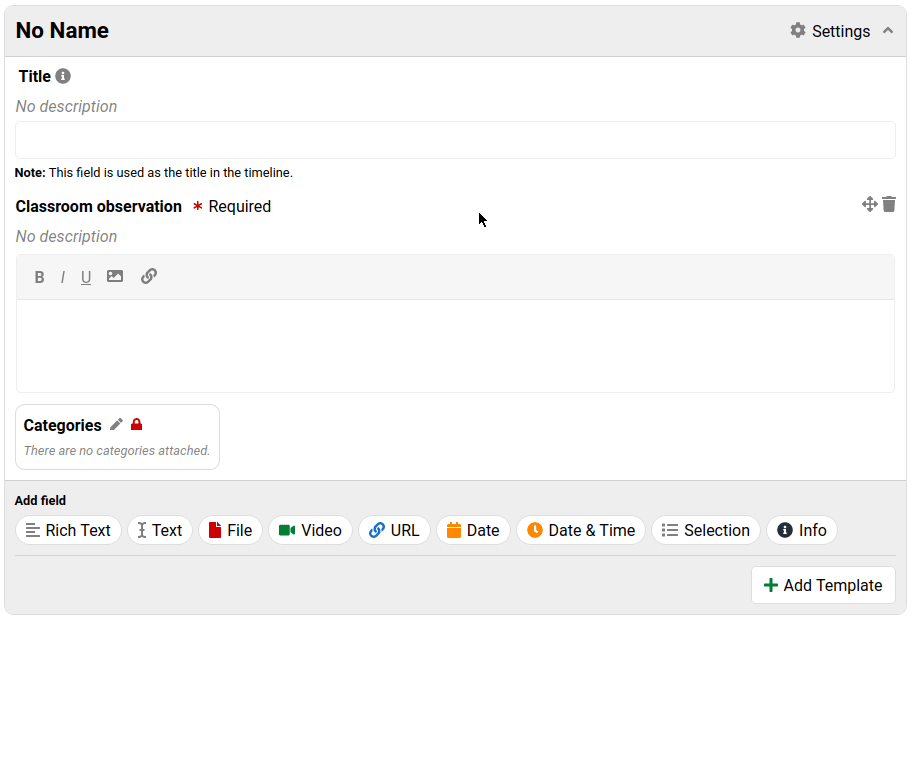
Students will have the default content (in this example the table) prefilled in their entry field, ready to be used as part of their answer.
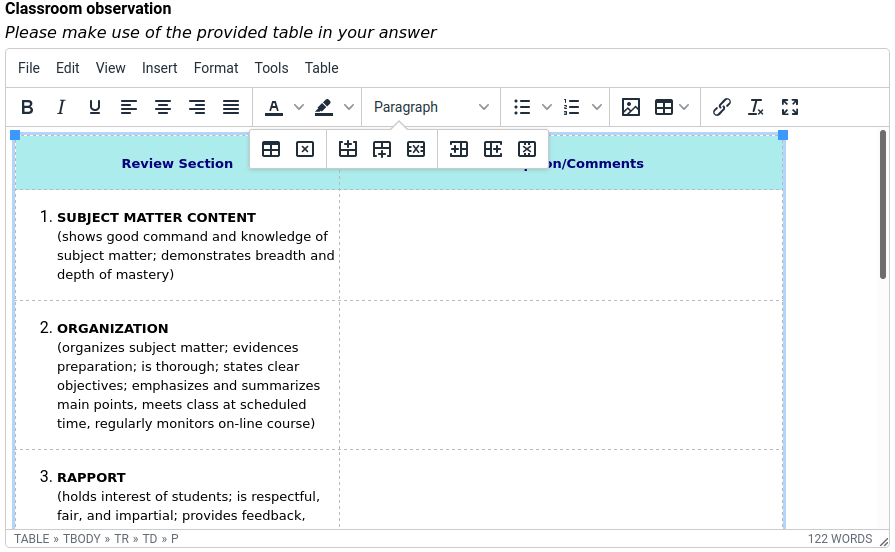
File Upload
File upload fields are ideal to display certain file types (e.g. images or pdf), or to ask for any type of file attachment. It is also possible to limit the accepted file types as shown below.
Example: File Upload Field


Only accept certain file types
It is possible to define exactly which types of files are allowed. In the following example we only allow pdf and docx files to be uploaded.

Video
Video fields are ideal to directly embed a video source. It possible to select which video host(s) you would like to allow (e.g. YouTube and/or Kaltura). The video field will always contain a guide on how to upload the video, and supply the correct link.
Example: Video Field

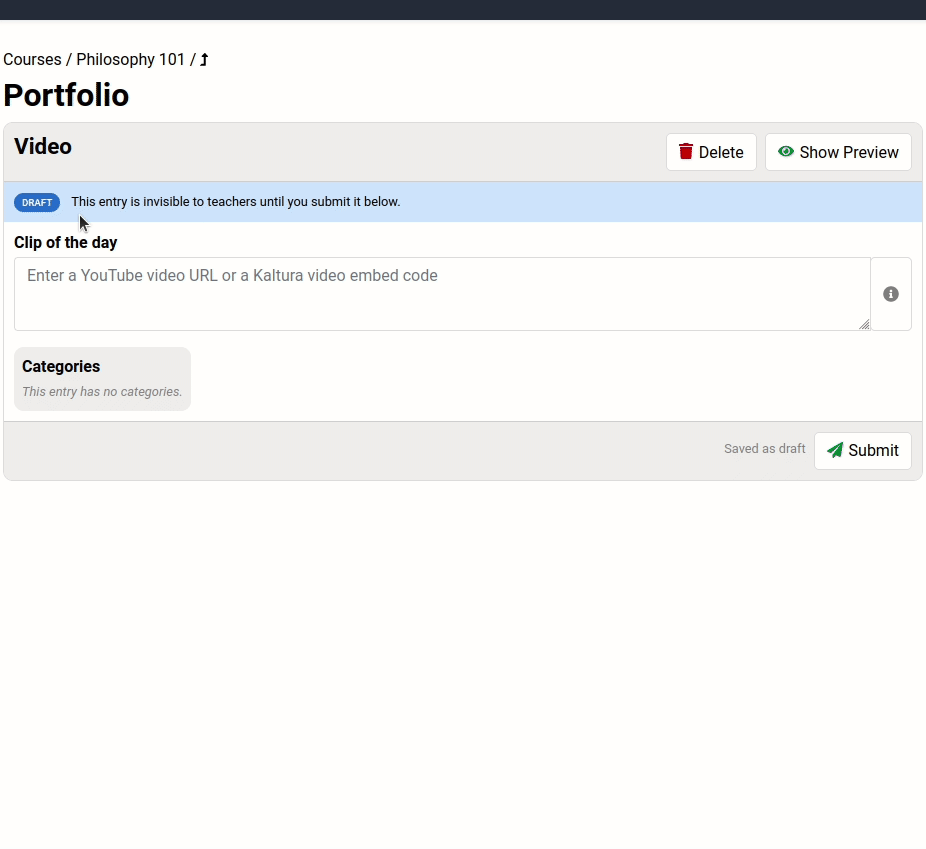
URL
URL fields are ideal to ensure users provide a validated website link.
Example: URL Field


Date
Date fields are ideal to ensure students provide a correct date.
Example: Date Field

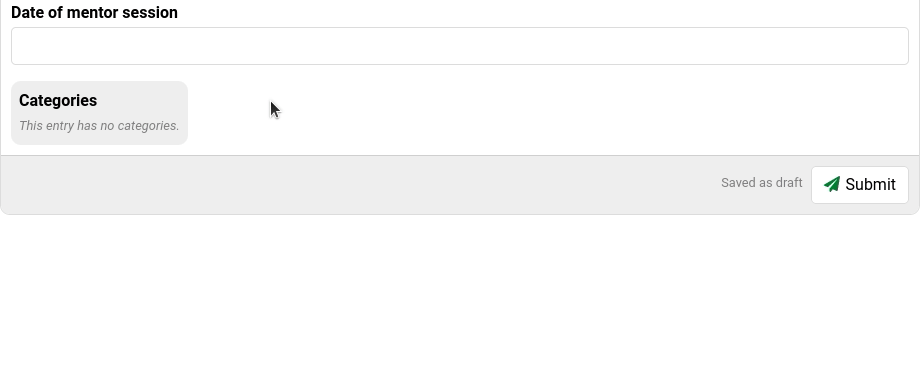
Date Time
Date time fields are ideal to ensure students provide a correct date and time.
Example: Date Time Field

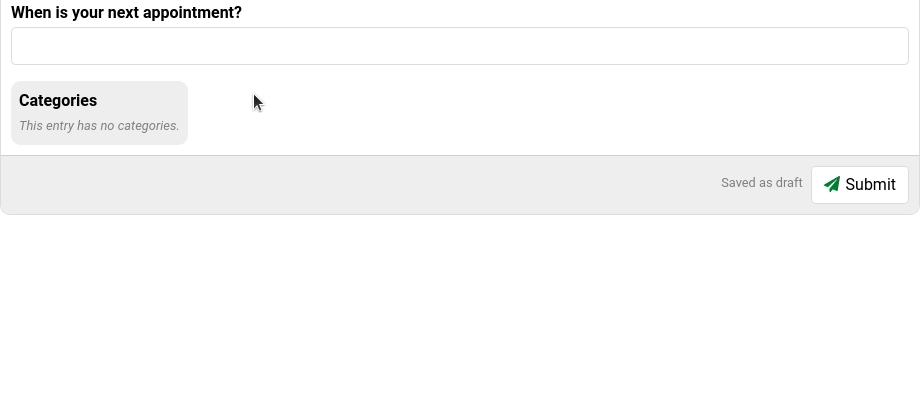
Selection
Selection fields are ideal when you want students to pick an answer from a predefined selection, such as a Likert scale.
Example: Selection Field


Info
Info fields are a special type of field that do not ask a student for input. Instead Info fields are ideal when you would like to provide additional instructions or context within a template.
Example: Info Field
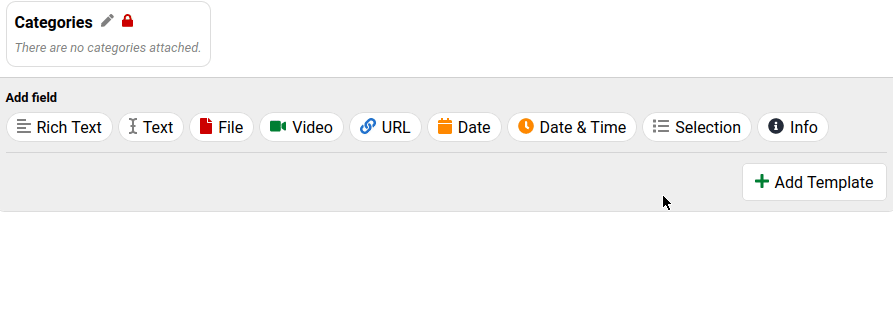
Settings
Templates use
You can configure how often a student can make use of a template.

With free use enabled, students can start an entry using that template as often as is defined under Max uses. In the example, that would be as many times as the students would like. However, it is also possible to set max use to a specific quantity to limit the amount of uses.
With free use disabled, students can only use that template for predefined activities making use of that specific template.
Default grade
It is possible to set a default template grade, any entry which makes use of this template will have this grade pre-filled but still pending your approval.
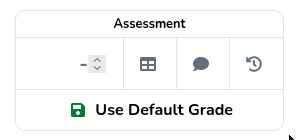
In this example the default template grade is set to 1, after confirming to use the default grade, you it will be saved as an unpublished grade.
This allows you to save some clicks and is especially useful when working with a predefined score for particular types of entries.
Categories
Read more on how and why to use categories in this guide
In the template edit screen, you are able to add default categories. These will automatically be added to the entry on creation.

Teachers can always add or remove categories from existing entries, but students cannot. If you would prefer students to be able to add or remove categories as they see fit, click the lock icon.
Allow custom title
By default, an entry's title in the timeline is determined by its template or activity name. In the video below you can see how to allow or restrict students to set the title of the entry.
